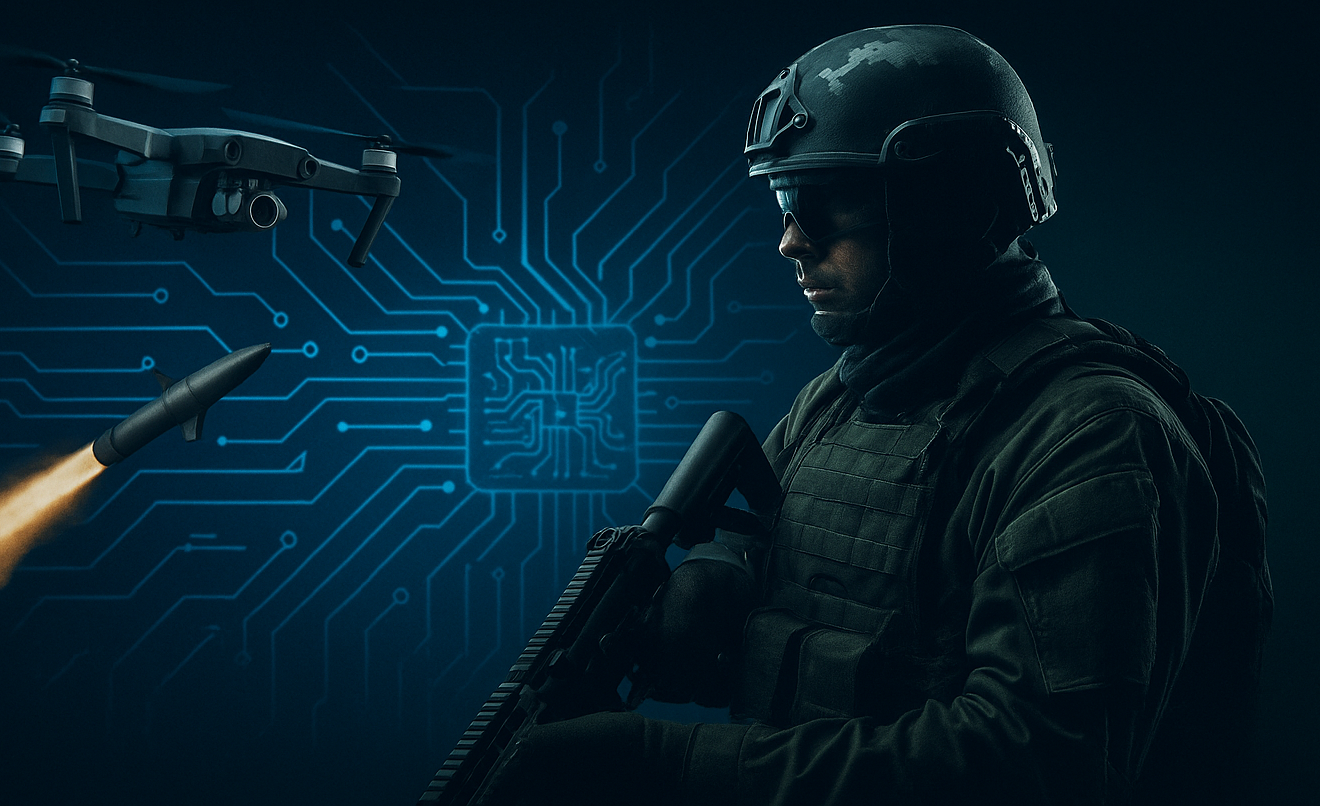India, the land of ancient science and modern dreams, has made remarkable progress in fields like space research, digital payments, and nuclear technology. Yet, in one of the most critical and rapidly evolving arenas—Artificial Intelligence for defense—we are barely scratching the surface. While countries like the US, China, and Israel are integrating AI into their military systems, India seems distracted, chasing incremental upgrades and outdated priorities.
When DRDO Builds Bio-degradable Toilets, Not Brainpower
Let’s call out the elephant in the room: The Defence Research and Development Organisation (DRDO), despite its decades-long existence and massive funding, continues to focus on projects like bio-degradable toilets for soldiers and bullet-proof jackets—admittedly necessary, but not revolutionary. Meanwhile, the AI revolution in defense is passing us by.
Compare that with the work of DARPA in the U.S., which has funded AI-enabled drones, autonomous tanks, and decision-making systems that aid commanders in real-time. Even Ukraine has rapidly adopted AI-enhanced drone capabilities to counter a far superior Russian military.
In contrast, India is still treating AI as a “future” technology—one to be “studied,” “regulated,” or “explored”—instead of deploying it today in real-world combat scenarios. Where are our AI-powered drones, predictive border intelligence systems, or autonomous surveillance swarms?
Our Enemies Are Using AI. Why Aren’t We?
It is no secret that both China and Pakistan are integrating AI into their defense capabilities. From facial recognition surveillance on borders to autonomous drone squadrons, they’re adapting quickly. India cannot afford to be a reactive force in this domain. The battlefield of tomorrow won’t be fought with just bullets, but bytes and bots.
AI can make surgical strikes smarter. It can enhance surveillance, reduce casualties, and make decision-making faster and more accurate. Real-time data from drones can be analyzed instantly for target identification and threat assessment. This is not science fiction—this is the present-day capability of AI in warfare.
The Solution Is Here: India’s Own AI Talent
Here’s the irony: India is a global AI powerhouse. Indian developers and data scientists are behind some of the most advanced AI systems at Google, Microsoft, and OpenAI. We have the brainpower. We have the ecosystem. What we don’t have is visionary leadership in defense tech to channel that talent.
Rather than rely solely on internal government R&D bodies, the government must open the doors to Indian startups, AI researchers, and private defense-tech innovators. Offer defense-grade challenges, data sets, and grants to the private sector. Adopt a DARPA-style defense innovation model where the brightest minds solve the military’s toughest problems—through competition, not bureaucracy.
Time to Rethink Priorities
This is a national security imperative. It’s not about replacing soldiers with machines—it’s about amplifying their strength, precision, and safety.
- AI can prevent deadly ambushes through pattern recognition.
- Drones can carry out high-precision strikes with minimal human risk.
- Machine learning can predict enemy troop movements.
- Language models can decode intercepted communications in seconds.
So, dear India, it’s time to stop underestimating our AI potential and start weaponizing it for good. Stop chasing toilet prototypes. Start building intelligent combat systems.
The future battlefield won’t wait for us. If we don’t build our own intelligent weapons, someone else will—and use them against us.
Jai Hind.



